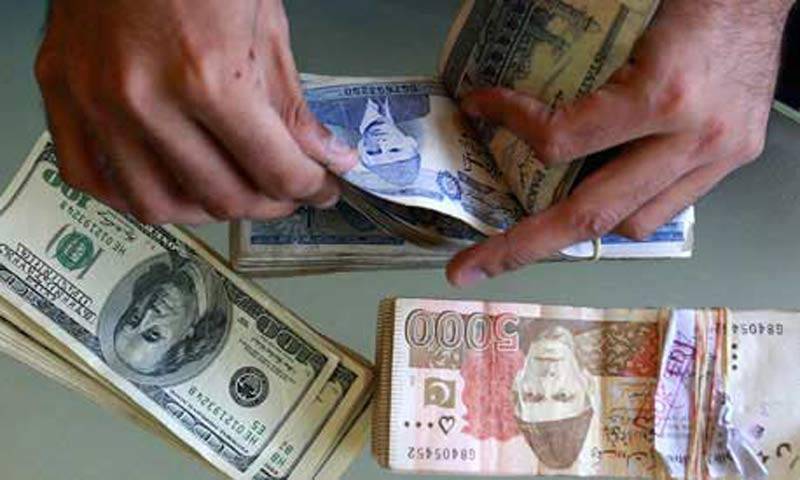The international financial institutions have forecasted that Pakistan will be 18th largest economy in the world by 2050. With the policies and vision of Prime Minister Nawaz Sharif, this position could be attained in half time,” declared Ishaq Dar, Pakistan’s Finance Minister on Friday.
The nation would love it if this could be true, but only if it was based on Pakistani generating its own wealth, rather than the increase in GDP rates that will come from foreign investment (read: China). Our GDP, the gross domestic product will rise, but what of our GNP, the gross domestic product? Can we predict, with certainty, that per capita incomes of Pakistanis will rise? We may become a very large economy, but the nature of the growth may not be inclusive. Pakistan has always had high GDP growth rates, and foreign aid has been a part of it. However, greater growth has come at the cost of bigger debt and deficits.
Nonetheless, these optimistic statements are absolutely essential (and not entirely false). Part of how a good business and investment climate is made is through optimism. Pessimism about recession and collapse are self-fulfilling prophecies, as the make people want to hoard their money and invest and spend less, leading to recessions.
With regards to the debt problem, the government informed the National Assembly on Friday that it planned to clear off its debt liabilities by selling public sector enterprises (PSEs). However, it seems that the dysfunctional Pakistan Steel Mills will not be privatised despite the clear need to write of the loss-making controversy-generating giant. Additionally, whom these assets will be sold of too is a major question as corruption and graft is often a major factor in deciding whom the government contracts for its projects or sells to.
First loss making entities should be sold, while profit making entities should be kept as long as they are paying taxes and not asking for subsidies. However, the government had planned to sell profit making entities like Oil and Gas Development Company Limited (OGDCL) rather than focusing on PIA and Pakistan railways. Pak Railways and Steels should be sold, and PIA should be forced to bring down its bloated workforce from 400 employees per plane to 100 (the international standard) per plane. Privatisation is indeed a worthwhile venture, but the way the government has gone about is not ideal.






